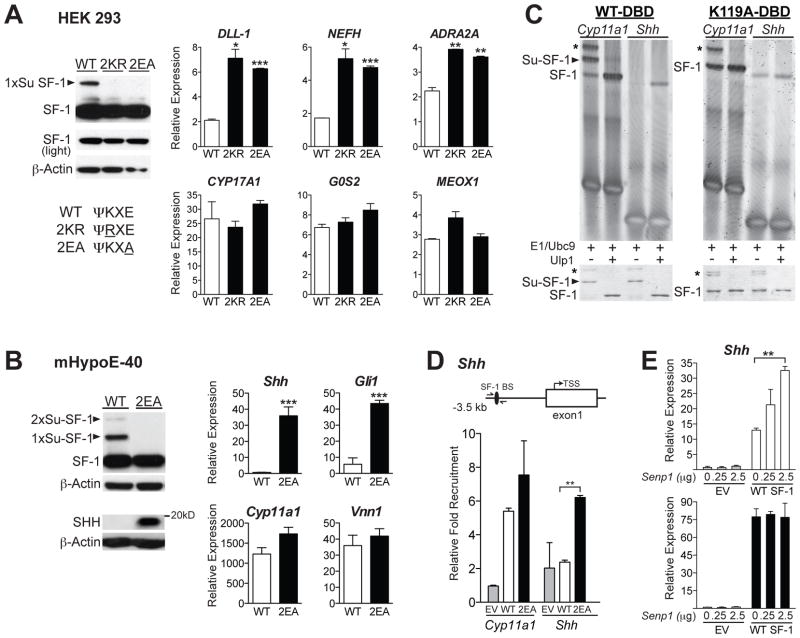Figure 6. Unsumoylatable SF-1 directly regulates a subset of SUMO-sensitive target genes.
A. Levels of unmodified and sumoylated (arrowheads) 3x-FLAG tagged WT and unsumoylatable 2EA and 2KR SF-1 variants in HEK293 cells after 24 hrs Tetracycline (Tet) induction. SUMO consensus sequence and mutations (underlined) are listed. Graphs represent relative expression of the SUMO-sensitive targets (DLL-1, NEFH and ADRA2A, top), and SUMO-insensitive targets (CYP17A1, G0S2 and MEOX1, bottom) following 24 hrs Tet-induced SF-1 expression. Bars indicate fold over vehicle control (+ SD). B. Protein in mHypoE-40 stable cells was detected with anti-FLAG, anti-SHH or anti-β-Actin antibodies. Relative expression of Shh and SHH target Gli1 (top) was increased after induction of 2EA SF-1 proteins compared to equivalent induction of Cyp11A1 and Vnn1. C. EMSAs of unsumoylated SF-1 binding to either a non-canonical site found in the Shh promoter or to the canonical Cyp11a1 site (left panel). Input of in vitro sumoylated SF-1 DBD protein for each reaction is shown below EMSAs. In the absence of the major K119 acceptor lysine, one cryptic sumoylation of SF-1 is observed at either K100 or K106, as indicated by the *. D. ChIP-qPCR results showing relative fold recruitment with all values normalized to empty vector (EV) control in mHypoE-40 stable cell lines; forward and reverse primers are provided in Supplemental Information. E. Relative levels of Shh expression after overexpressing Senp1 plasmid in mHypoE-40 cells stably expressing WT SF-1 (upper panel) or 2EA (lower panel), with each compared to the EV control. Experiments have been performed at least three times. See also Figure S4.

